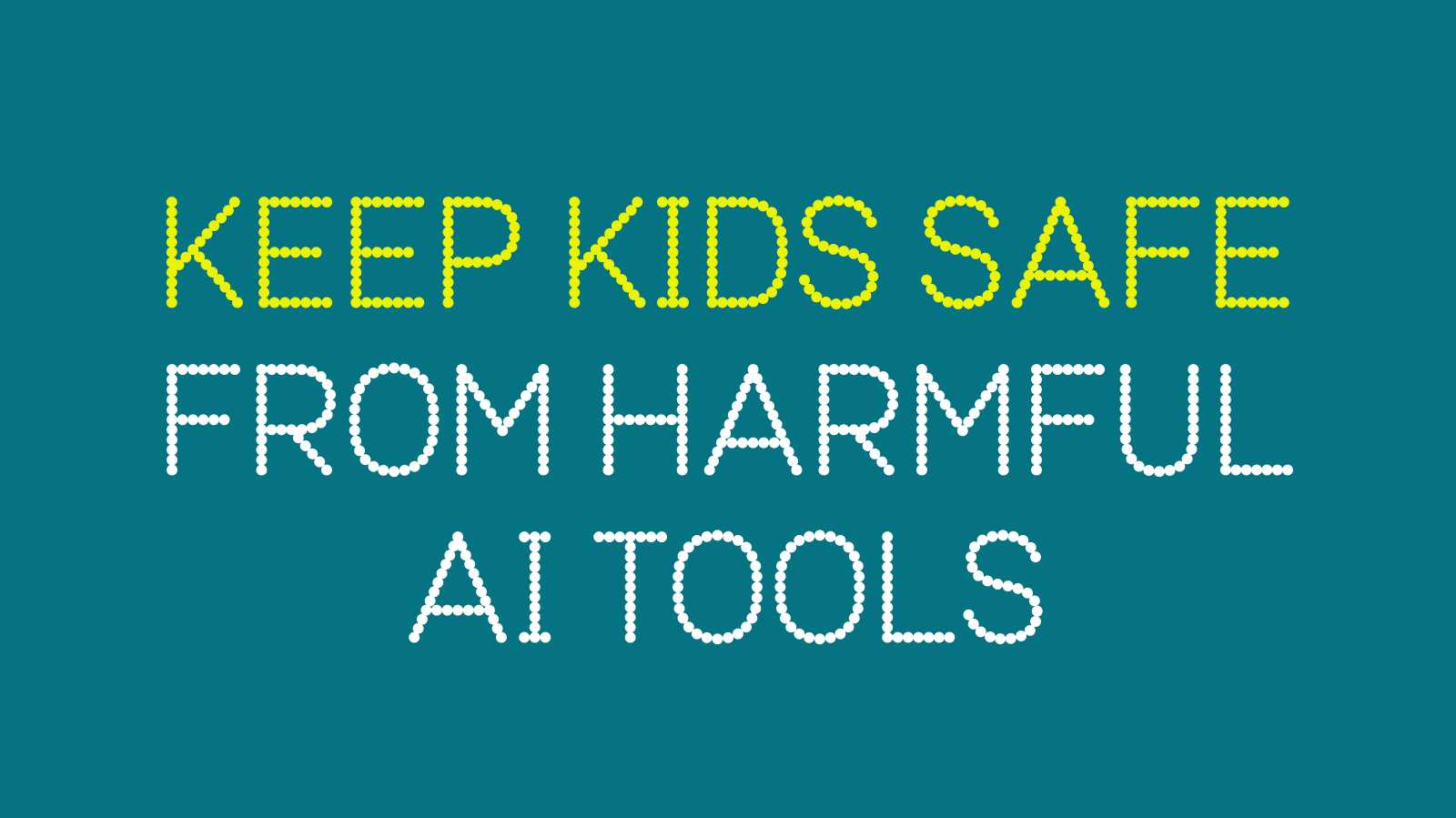AI Safety
for Kids
As children navigate the digital world, it's important to understand how artificial intelligence (AI) can impact their well-being. AI offers both benefits and risks, and this guide provides expert advice on how to use AI tools safely and effectively.
What is Artificial Intelligence (AI)?
Artificial Intelligence, or AI, refers to the simulation of human intelligence by machines. It encompasses a variety of tools and technologies designed to perform tasks that typically require human intelligence, such as understanding language, recognising patterns, and making decisions. AI tools like ChatGPT and Google’s Gemini create text that sounds human based on vast amounts of data.
What Are the Benefits and Risks of AI?
Like any digital tool, AI offers numerous benefits but also comes with risks. Understanding both can help you guide your child in using AI responsibly.
Potential Benefits of AI Tools
Enhanced Learning Experiences: AI can assist learning across diverse topics, offering instant answers and engaging children in fun conversations.
Critical Thinking Skills: AI tools can improve critical thinking by challenging children to think deeply about various topics.
Creativity and Problem-Solving: AI opens new possibilities for creativity and helps children develop unique styles and perspectives.
Possible Risks of AI
Over-Reliance on AI: Children might depend too much on AI for answers, not realising that AI can make mistakes or provide incorrect information.
Misinformation: AI can sometimes present information confidently but inaccurately, leading children to believe false information.
Privacy Concerns: AI tools can collect personal information, which can be unsafe if not properly managed.
How to Use AI Tools with Kids
AI tools can be beneficial when used correctly. Here are some expert tips on how to integrate AI into your child's learning and playtime.
Start with Basic Information
Provide the AI with basic, general information about your child's interests, such as their favourite subjects or topics. Avoid sharing personal details like names or locations.
Adjust Response Style
Customise the AI's conversational tone to match your child's preferences, whether formal, casual, or even styled after their favourite characters or authors.
Set Learning Levels
Tailor the AI's responses to your child's age and learning stage. Simple language for beginners, more detailed information for advanced learners, and appropriate challenges for their development.
Provide Feedback
Continuously give feedback to improve the AI tool's responses. This helps the tool learn and adapt, ensuring better and more reliable interactions over time.
Tips for Safe AI Use
Supervised Use
Ensure children use AI tools in a supervised environment. This helps monitor the information they receive and guides them in critical thinking.
Teach Verification
Encourage children to verify AI-provided information with trusted sources. This promotes a habit of double-checking facts and recognising potential errors.
Discuss Digital Citizenship
Foster positive online behaviour. Teach children not to share or create misleading content and to respect others in the digital space.
Set Boundaries
Establish clear rules for AI use, including time limits and appropriate contexts. This helps prevent over-reliance and promotes balanced digital habits.
Dive deeper into how you can support your child’s creativity and learning using AI tools at home.
Further resources:


